Real or fake? How to spot weather images generated by AI

Are viral weather photos real or AI?
FOX Weather suggests ways to tell if weather photos that go viral are real or fake. And, photographer and storm chaser Paul Smith explains what AI is doing to his industry.
How many times have you looked at a weather photo going viral and questioned the reality of it? Artificial intelligence apps are easy to find and often free to use, and they're changing the nature of photography.
Fantastic fakes are showing up all over social media and bombarding traditional media. FOX Weather gets hundreds of photos submitted each day, and teams spend time analyzing each one to see if it was manipulated. That task isn't always easy.
"This can really harm the process of what's going on, whether it's real or created by AI, and I think we are going to see more of this," said FOX Weather meteorologist Amy Freeze during Weather Command on Tuesday. "The National Weather Service uses social media for their storm reports. A lot of people send in those reports, and they're going to have to be extra careful – the same as we are here – to make sure that things are truly what they seem to be."
IN A FLASH: LIGHTNING CHASER SHARES HOW TO CAPTURE NATURE'S FURY ON CAMERA
Can you tell real from fake?
FOX Weather has assembled some images to test whether you can spot the real one.
Rainbows over New York

Which rainbow over New York is real? (FOX Weather)
The image on the left is real, but the image on the right is fake.
Dazzling sprites
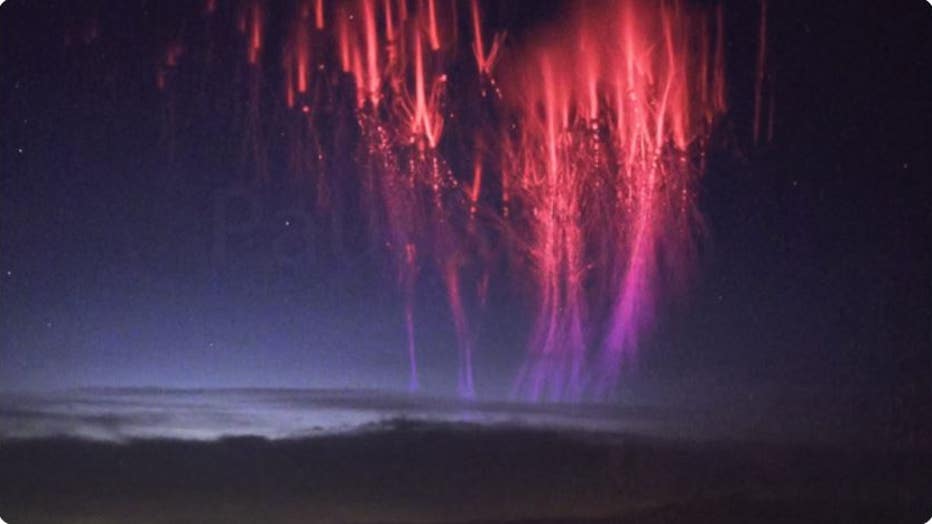
"Tree Sprite" (Paul M. Smith Photography / FOX Weather)
This shot of the transient luminous event is real, taken by a storm chaser.
Waves from Idalia
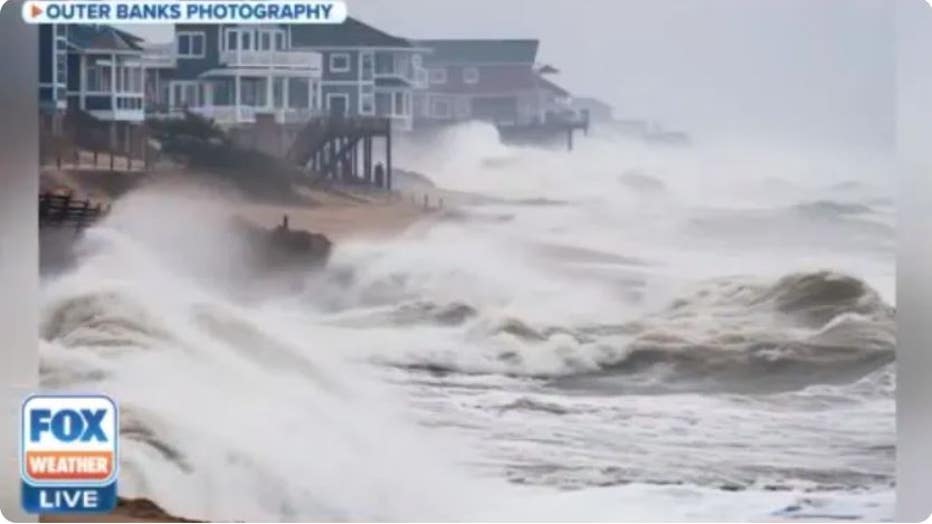
Is this scene of Idalia lashing the Outer Banks, North Carolina real or fake? (Outer Banks Photography / FOX Weather)
The surf is fake.
Double lightning bolts
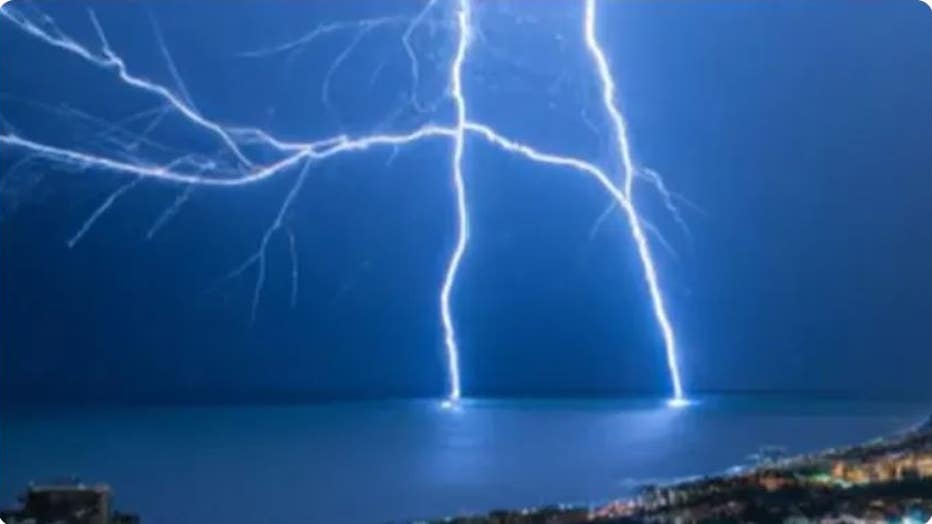
Is this lightning striking offshore real or fake? (FOX Weather)
This lightning is fake.
Lightning in Chicago
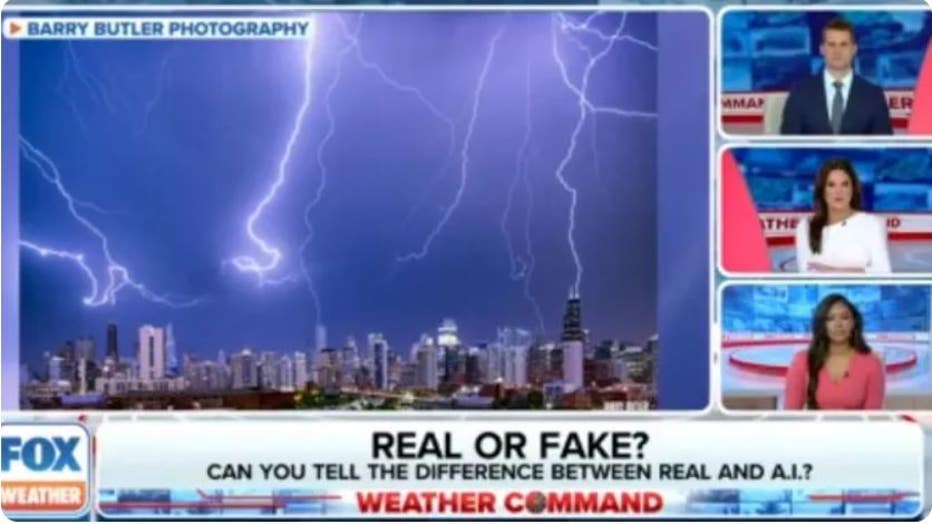
Is this shot of lightning over Chicago real or fake? (Barry Butler Photography / FOX Weather)
This is real.
Don't feel bad if you got some of these wrong. Some of our meteorologists did, too.
Tips to find the fakes
Both Smith and meteorologists at FOX Weather shared some methods they use to determine the veracity of an image.
Here's some of the advice.
Go to the source
Smith said he starts by going to the source of the image in question to see if it is real.
"If it's a social media page, you can generally go back to a few posts and see what that page is about, and if they're just there for generating clicks or if they're just there for producing digital art, then you know, it's probably not a genuine weather picture," Smith said.
With the case of limited scroll time, many of us just "like" the pretty pictures, he said. Then algorithms, built into the social media platforms, pick up on the likes and look for more like them.
MOON SHOT: 7 TIPS ON HOW TO SHOOT THE MOON… WITH A CAMERA
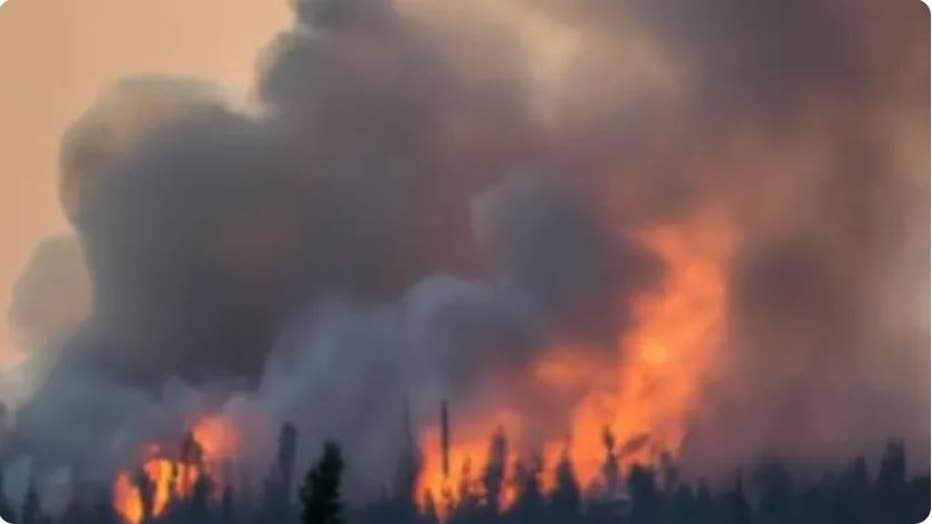
This is a fake photo of a raging wildfire. (FOX Weather)
"If it is one of these really neat images that looks very interesting on a small phone screen and people are liking it, it just kind of blows up, then you end up with these viral images," said Smith. "The problem is the fake images and the problem of them going viral and the good images not showing up."
Use reputable sources
He also suggested picking a reputable source in terms of news organizations, photographers with a history of nature photography and the NWS.
FOX Weather meteorologist Kiyana Lewis said she looks at the weather events that were happening at the time, and even checks with the NWS to make sure the area photographed had stormy weather that day.

Is this shelf cloud real or fake? (FOX Weather)
"I think in images like this, it kind of gives it away because typically, when we see a cloud like that, we're looking for other elements like rain or maybe some debris off in the distance. That just looks too calm," Lewis said about the photo above. "So it's situations like that where I ask, ‘Is this real?’ If we have to question it, it probably is not."
Look for things that are out of place
FOX Weather meteorologist Stephen Morgan said he looks for misplaced objects. He pointed out the blob to the right in the previous photo of the fake storm cloud.
"You were looking for little details like stairwells or stairs that go to nowhere, parts of a building that aren't really there or a part of a roof is missing," Freeze said. "These types of things, maybe vehicles in the distance look strange. These are some of the telltale signs that your photograph or your image is made by AI."
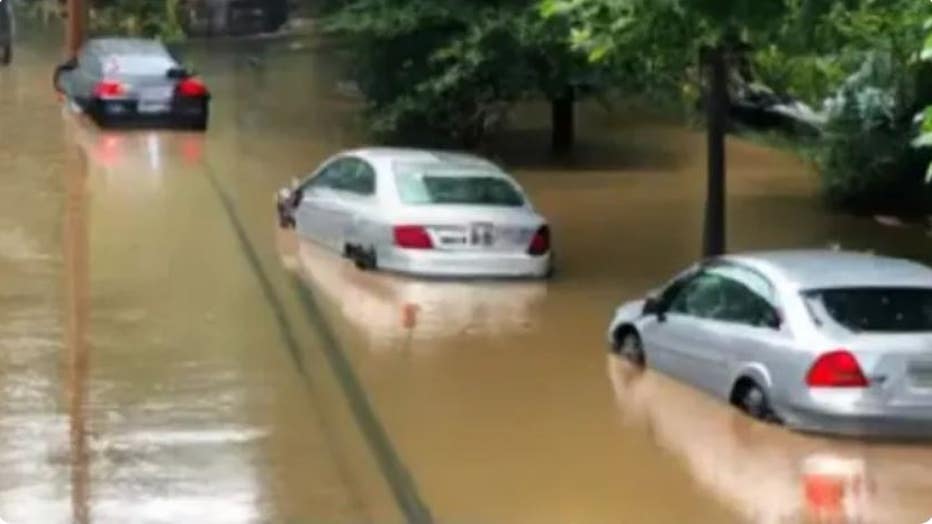
On this fake photo, AI had trouble resolving parts of these cars leaving black, blank spots, especially the front and middle cars. (FOX Weather)
Freeze also looks for distorted objects.
"I think there are some signs, some subtle little telltales that if you're trying to look and see if something is real or fake, this could help you. So AI does a really bad job at resolving certain things. So it's going to stand out, Freeze said. "Hands are one of the things that AI does not display very well. So if you see a hand that's distorted, that could be a telltale sign."
A BEGINNER'S GUIDE TO PHOTOGRAPHING THE NIGHT SKY WITH YOUR CAMERA PHONE
Is this the beginning of the end for real photography?
Storm chaser and photographer Paul Smith said he wonders if these fake images will be the end of unique content and real photography.
"I’m seeing a huge increase in fake images lately," Smith said. "They go viral, and their pages explode. These pages get bigger and squeeze real photography out of the timeline."
"Are people not going to be impressed by reality anymore?" he asked.
Smith said that AI is hurting his bottom line as a photographer.
"I just see it as the fake news of images, and I just don't see the point in them personally," Smith told FOX Weather. "There's so much beauty in nature itself. Why fake? Why fix something that's so beautiful by itself."
NOT A UFO: LEARN WHAT CAUSES THESE MYSTERIOUS FLASHES ABOVE THUNDERSTORMS

